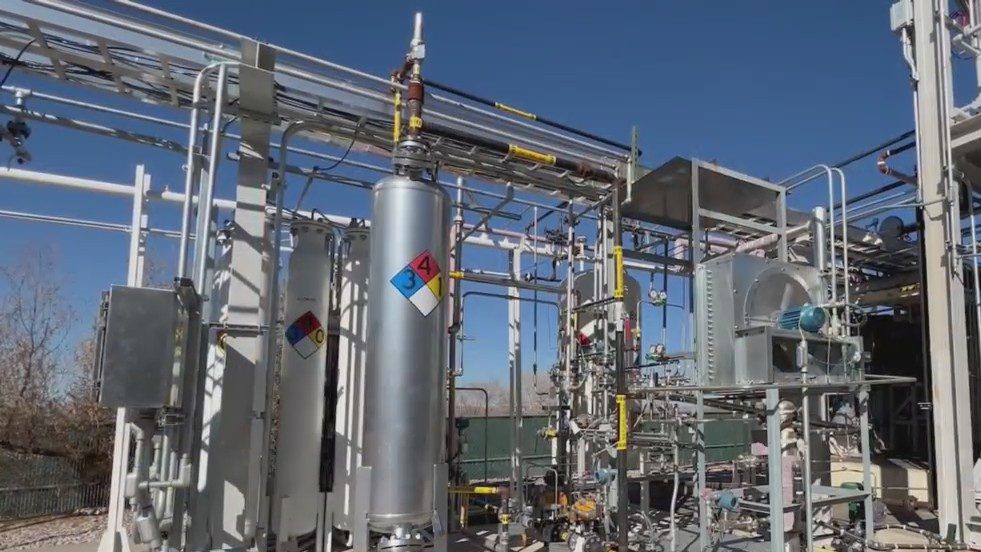New Mexico lawmakers aim to attract hydrogen investments

SANTA FE, N.M. (AP) — New Mexico state lawmakers will consider public incentives aimed at attracting investments in hydrogen production and distribution as a potential new source of industrial employment and an alternative for vehicles and factories that rely on climate-warming fossil fuels, as the legislature convenes next week.
Democratic state Rep. Patricia Lundstrom of Gallup, the lead House budget negotiator, said Wednesday she will introduce a bill in the coming weeks aimed at setting aside money for public-private partnerships for hydrogen projects.
New Mexico has teamed up with Wyoming, Utah and Colorado to vie for a slice of federal funds set aside to support regional hydrogen hubs that would step up hydrogen production and distribution. State cabinet secretaries provided an update to a legislative panel Wednesday at the state Capitol.
Lundstrom says her initiative is aimed at giving New Mexico a competitive edge in its bid to attract federal and private investments.
“State government would put money into a pot that can be used in conjunction with private sector projects for buildout,” Lundstrom said. “We see (hydrogen) as a bridge fuel to meet our renewable energy standards.”
A similar proposal from Lundstrom last year stalled amid withering criticism from environmentalists who are wary of the impacts of producing hydrogen from natural gas, a process that creates greenhouse gases including carbon dioxide. They say hydrogen production can prolong dependence on fossil fuels and worry about plans to store carbon pollution underground.
Democratic state State Rep. Nathan Small of Las Cruces and state environmental regulators emphasized that recent federal legislation gives preference to cleaner methods of hydrogen projects. He said federal hydrogen production incentives will vastly overshadow anything New Mexico can contribute.
Climate legislation signed last year by President Joe Biden offers a tax credit intended to make clean hydrogen more competitive. The 2021 federal infrastructure law included $8 billion for the U.S. Department of Energy to fund the regional hubs.
Legislators are desperately searching for new sources of employment as New Mexico reels from the recent retirement of coal-fired power plants, amid efforts to fight climate change by requiring more carbon-free sources of electricity.
Hydrogen could theoretically reduce greenhouse emissions and air pollution, depending on how it’s obtained.
Most commercially produced hydrogen in the U.S. comes from natural gas, which emits greenhouse pollutants carbon dioxide and methane.
Hydrogen also can be derived using electric currents from wind, solar or other means that produce few if any emissions contributing to global warming. Such “clean hydrogen” releases only water as a byproduct when used in a fuel cell.